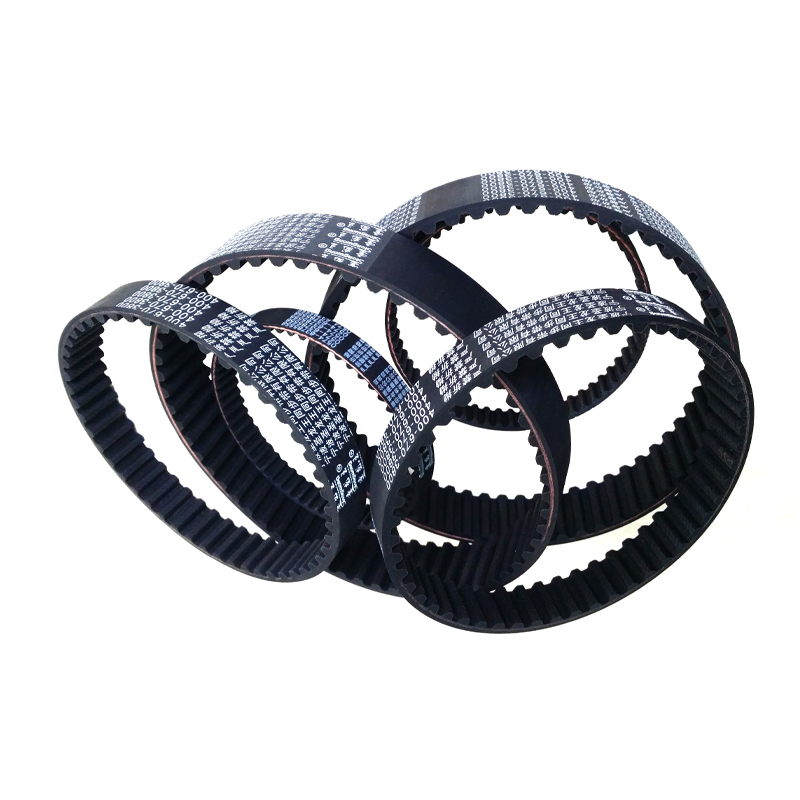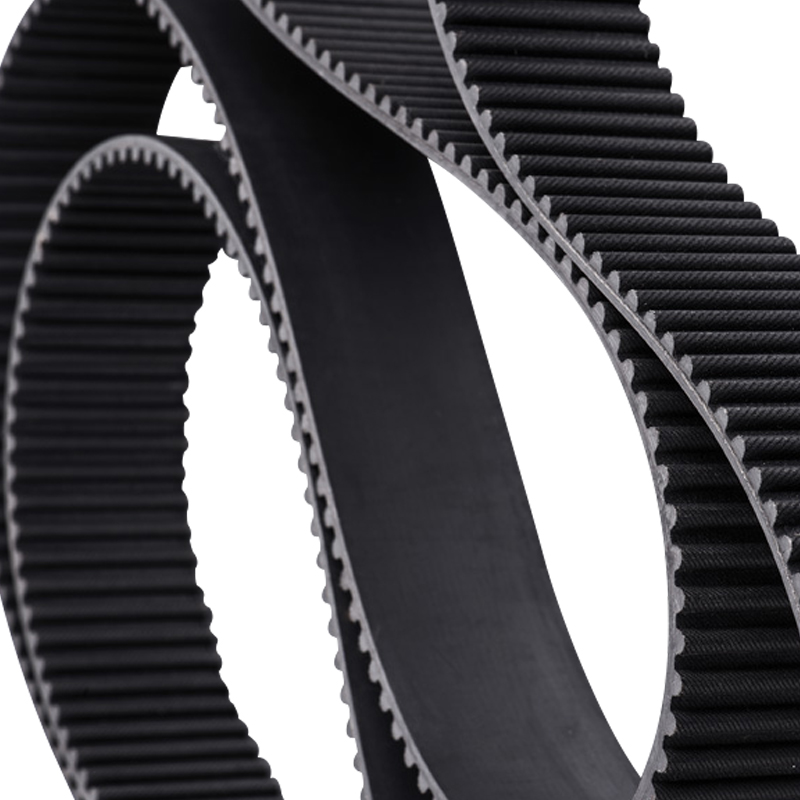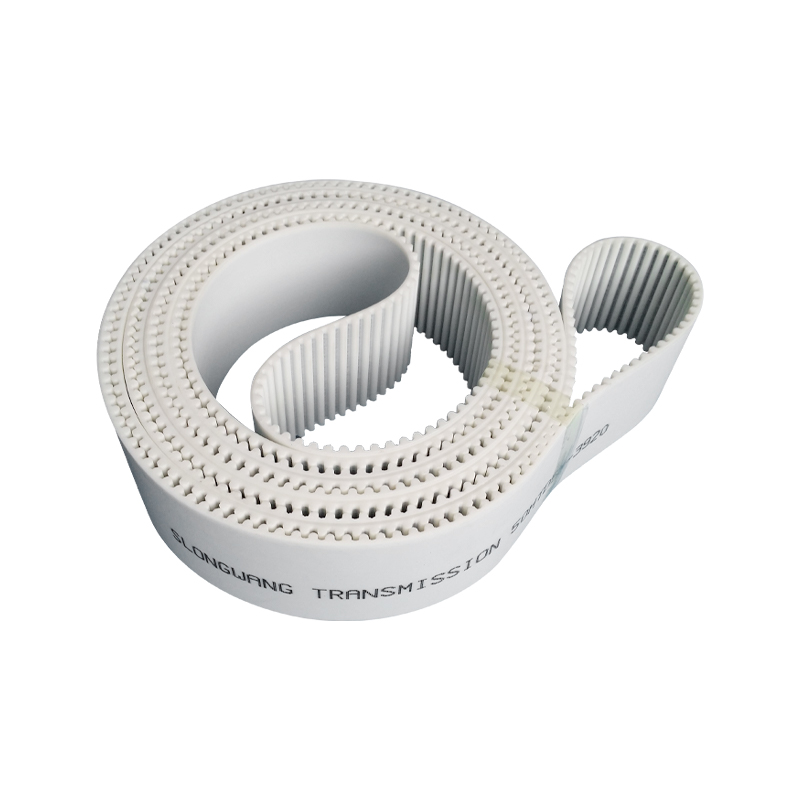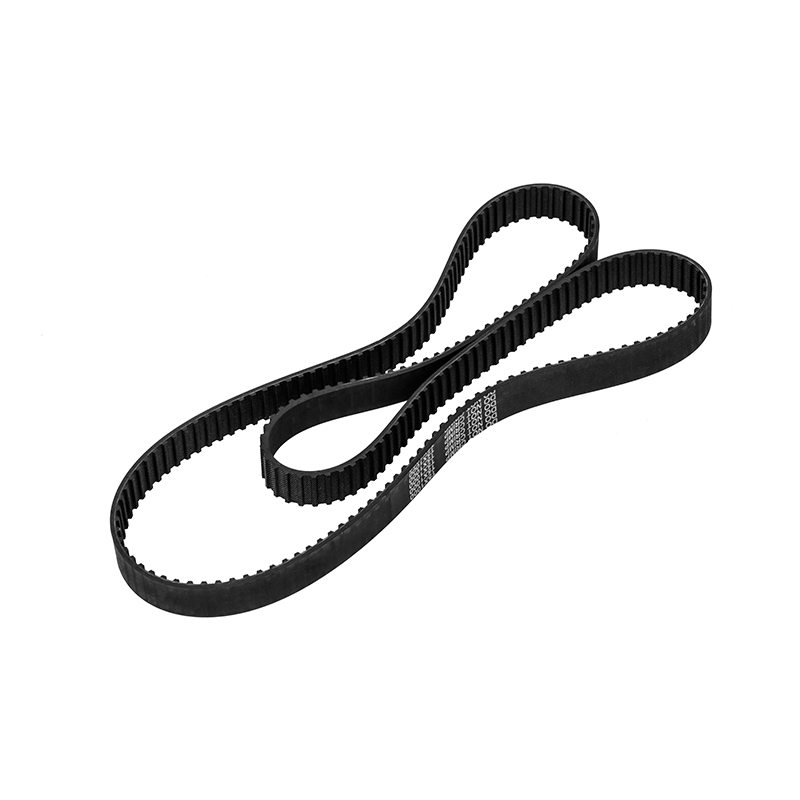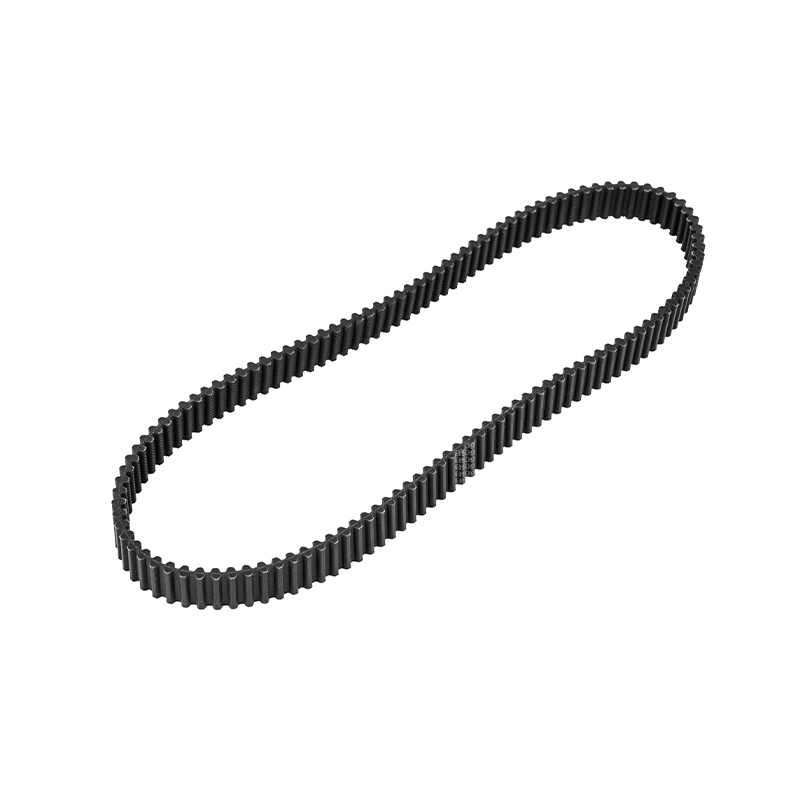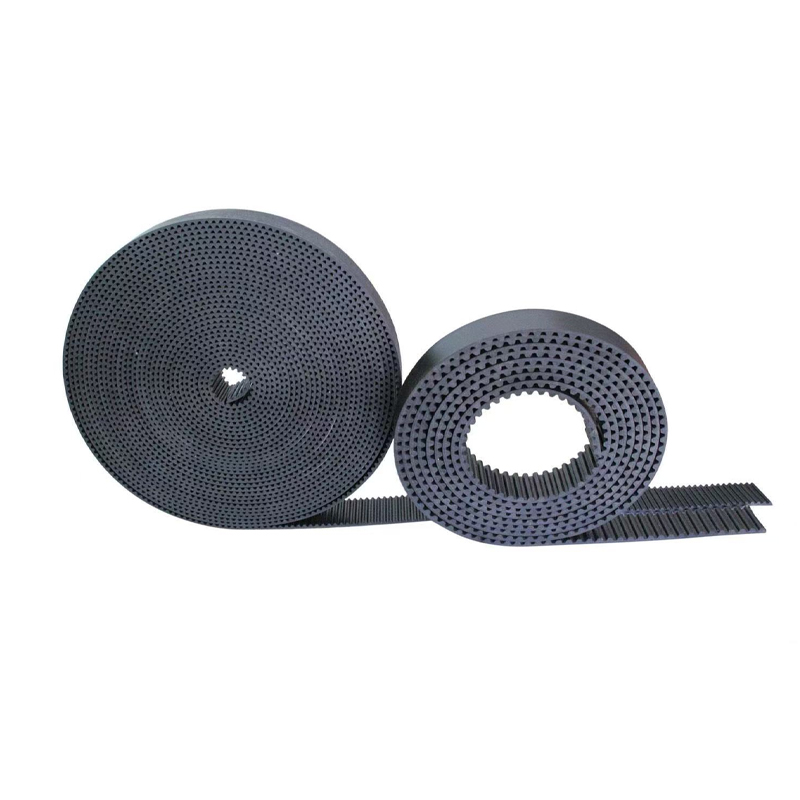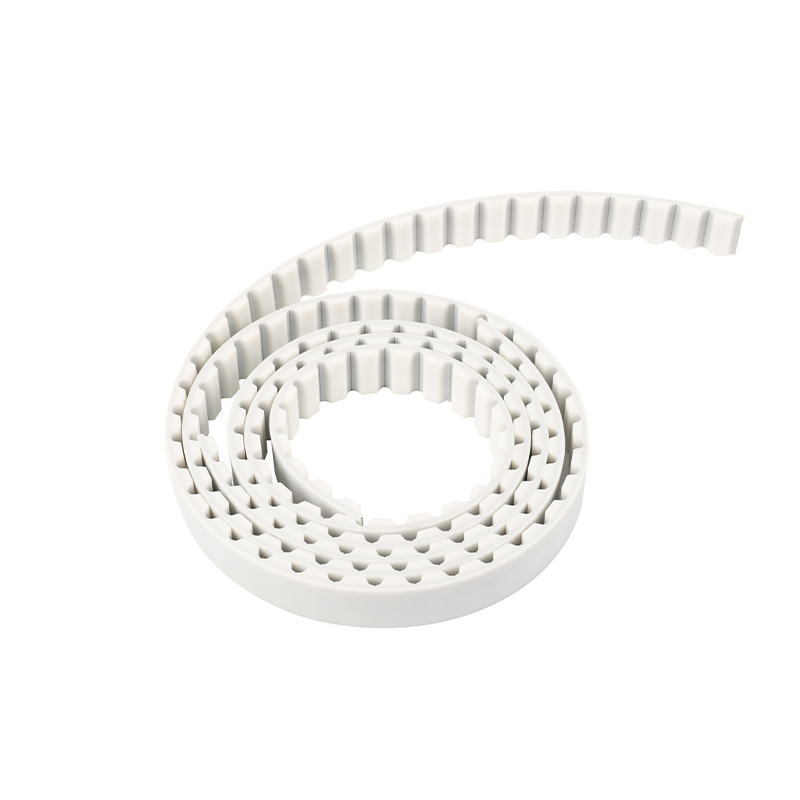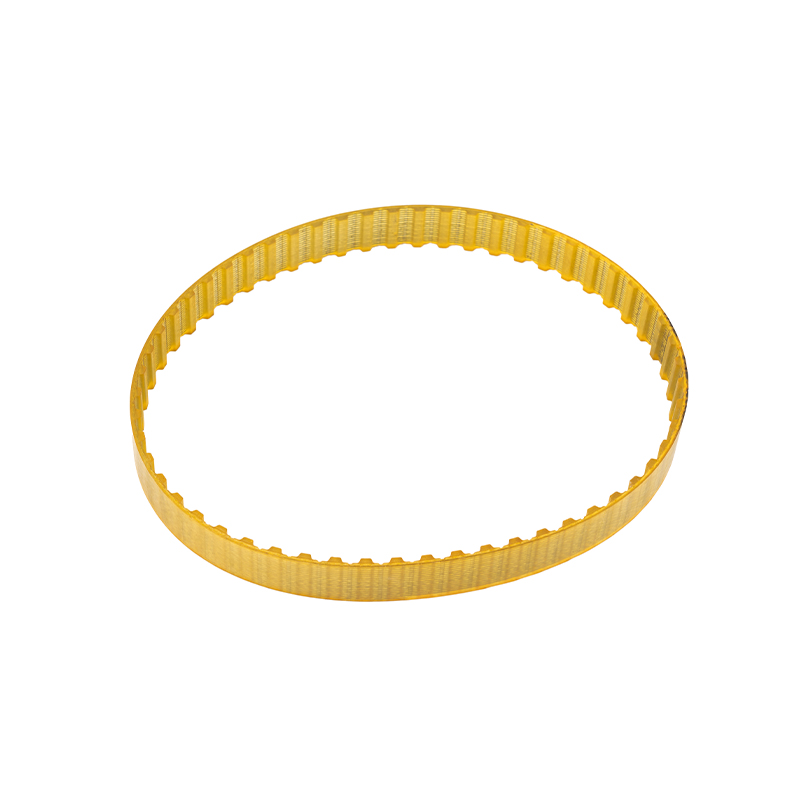How resistant is the Rubber Timing Belt to environmental factors such as UV exposure, ozone, and humidity?
2025-04-30
UV radiation from sunlight can significantly degrade rubber materials over time. Prolonged exposure to UV rays causes the rubber to harden, crack, and lose its flexibility, which can lead to premature failure of the Rubber Timing Belt. UV-induced degradation occurs because UV radiation breaks down the chemical bonds in the rubber, leading to a loss of elasticity and increased brittleness. To mitigate this, Rubber Timing Belts are often formulated with UV-resistant additives or coatings that help protect the belt from the damaging effects of sunlight. These additives absorb or reflect UV rays, reducing the degradation rate and improving the belt's ability to withstand prolonged exposure to sunlight, especially in outdoor applications or systems that are exposed to high levels of UV radiation.
Ozone exposure is another critical environmental factor that can negatively impact rubber components. Ozone molecules cause rubber to crack, dry out, and lose its elasticity by attacking the rubber's molecular structure. The degree of ozone resistance in a Rubber Timing Belt depends on the type of rubber used and the additives incorporated during its manufacturing process. While natural rubber is more susceptible to ozone damage, synthetic rubbers like nitrile or EPDM (ethylene propylene diene monomer) are more resistant to ozone. Manufacturers often use ozone-resistant compounds to increase the durability of timing belts used in industrial applications, automotive engines, and other environments where ozone exposure is common, such as in areas with high industrial pollution or near high-voltage equipment.
Humidity and moisture can affect the performance and lifespan of a Rubber Timing Belt in several ways. Prolonged exposure to high humidity can cause the rubber to swell, soften, or become slippery, leading to reduced friction and possible slippage during operation. Moisture can promote mold or mildew growth on the belt’s surface, further degrading its material properties. The belts are generally designed to withstand typical humidity levels found in indoor environments, but extreme humidity or prolonged exposure to wet conditions can cause the rubber to deteriorate over time. To address this, many Rubber Timing Belts are constructed with moisture-resistant compounds or coatings that help protect against water absorption and reduce the risk of belt degradation. For use in particularly humid or wet environments, specialized timing belts made from moisture-resistant rubbers, such as neoprene or urethane, are employed.
While not explicitly mentioned in the question, temperature extremes (both high and low) also play a significant role in the performance of Rubber Timing Belts. Extreme heat can cause rubber to become soft and lose its tensile strength, while extreme cold can cause the material to become brittle and crack. Rubber Timing Belts used in areas exposed to temperature extremes are often made with special rubber compounds that have enhanced heat or cold resistance properties, such as silicone or fluoroelastomers.
Manufacturers often use a variety of additives and coatings to improve the Rubber Timing Belt's resistance to environmental factors like UV exposure, ozone, and humidity. UV stabilizers, ozone inhibitors, and moisture-resistant coatings can be added to the belt to extend its lifespan and maintain its performance even under harsh environmental conditions. These protective measures ensure that the belt remains functional over a longer period, reducing the need for frequent maintenance or replacements due to environmental wear.
To ensure that Rubber Timing Belts are fit for use in different environmental conditions, manufacturers subject them to various industry-standard tests that simulate UV exposure, ozone aging, and high-humidity environments. These tests assess the material's durability and help determine the appropriate belt for specific applications. Belts designed for outdoor or harsh environmental use may be tested to meet industry standards such as ISO 9001 or ASTM specifications for environmental resistance, providing assurance to users that the belts will maintain their performance under challenging conditions.


 English
English 中文简体
中文简体